This article was previously published in Canadian Teacher Magazine’s Jan/Feb 2015 issue.
One day I visited my brother Jerry, whose elder daughter had just completed a year in Kindergarten. As new, proud parents, he and his wife had saved in a suitcase every art project that Andrea had brought home from school. There was quite a lot of it. However, there was nothing there that told me anything about Andrea herself, except that she could colour in the lines and paste neatly. I wondered if her own artwork would have been tidy and carefully drawn or wild and colourful. What were her special interests—dogs, whales, houses, clouds, motorcycles? When she created sculptures or cards for special occasions, were they clever or funny or did she prefer traditional designs? I couldn’t tell.
All of her creations had been designed or assigned by the teacher. There was a reindeer made by outlining her fingers for the antlers and her shoe for the body. There was a line drawing of a sunflower, which Andrea had coloured using prescribed colours: green, yellow, and brown. I saw a tree onto which she had pasted many pink twisted tissue-paper blossoms. On her Mother’s Day card she had glued teacher-cut construction paper flower petals onto a photocopied flower.
Andrea was happy with her work, doubtless, and her parents were pleased to receive it. But I thought that it was a shame that the teacher was probably unaware of the importance of letting the students do their own artwork. She may not ever have seen how very much more varied and interesting the students’ creations are when they are given motivation, inspiration and a variety of materials, are taught different techniques, and then are given space and time to make their own art. Students develop skills as they plan their pictures and solve problems they encounter while creating art. Their self-confidence grows when they see that their own work is valued by their teachers, classmates and parents. And it is so much easier and more fun for the teacher to teach art in this way! Since there is a great variety of personalities and life experiences present in every classroom, the creativity can be astounding.
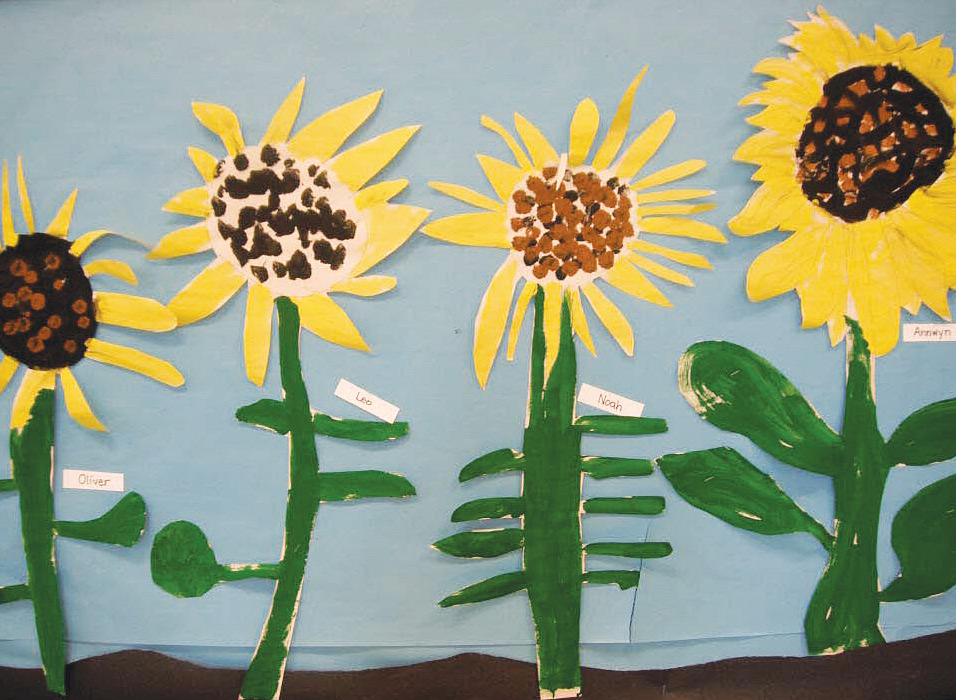
These sunflowers were painted by students while they were looking at a large sunflower plant their teacher had brought to school.
Work that is generated by the children themselves is authentic. It is an expression of their true selves and demonstrates their unique creative and expressive talents. Allowing students to do their own artwork is liberating, both for students and their teachers.

Field trips to the pond in the park, our own playground, and the local museum yielded these expressive line drawings. Class sets of clipboards and thin black felt pens are essential for these outings and are very useful in the classroom, as well.
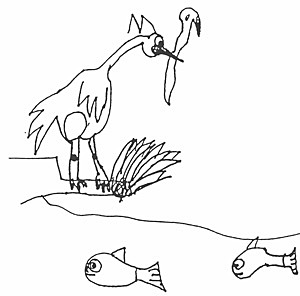
Sometimes students respond to outings when back at school, so they can use paint or any number of different materials. Once I gave them brown paper, black paint, and wide brushes to respond to an exciting performance of taiko drumming.

When we invited musicians to come into our classroom to play for us, students drew them and their instruments. Another time they sketched an older student who brought in his bike to point out the different parts.
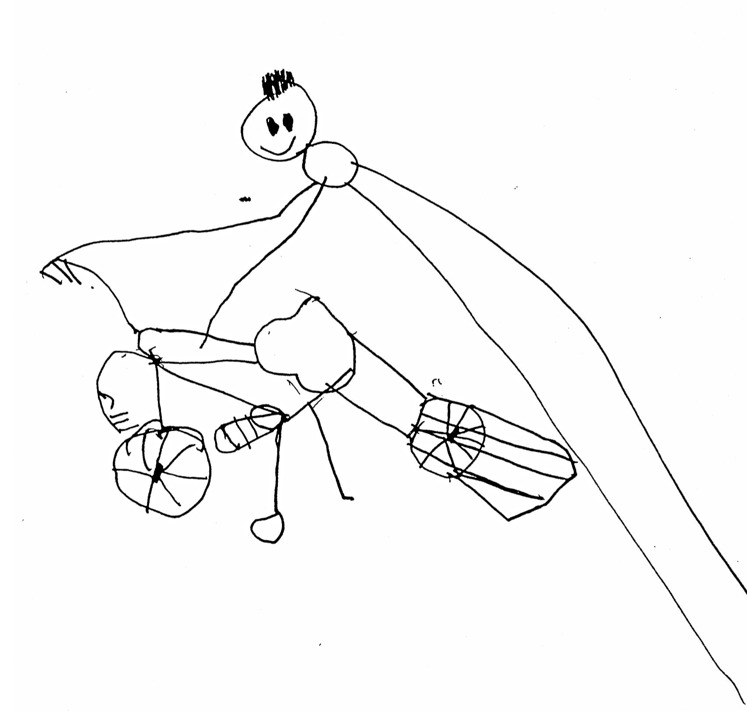
Remembering experiences such as a Thanksgiving dinner or imagining scenes from a story or book read aloud by the teacher provided inspiration for very personal drawings.
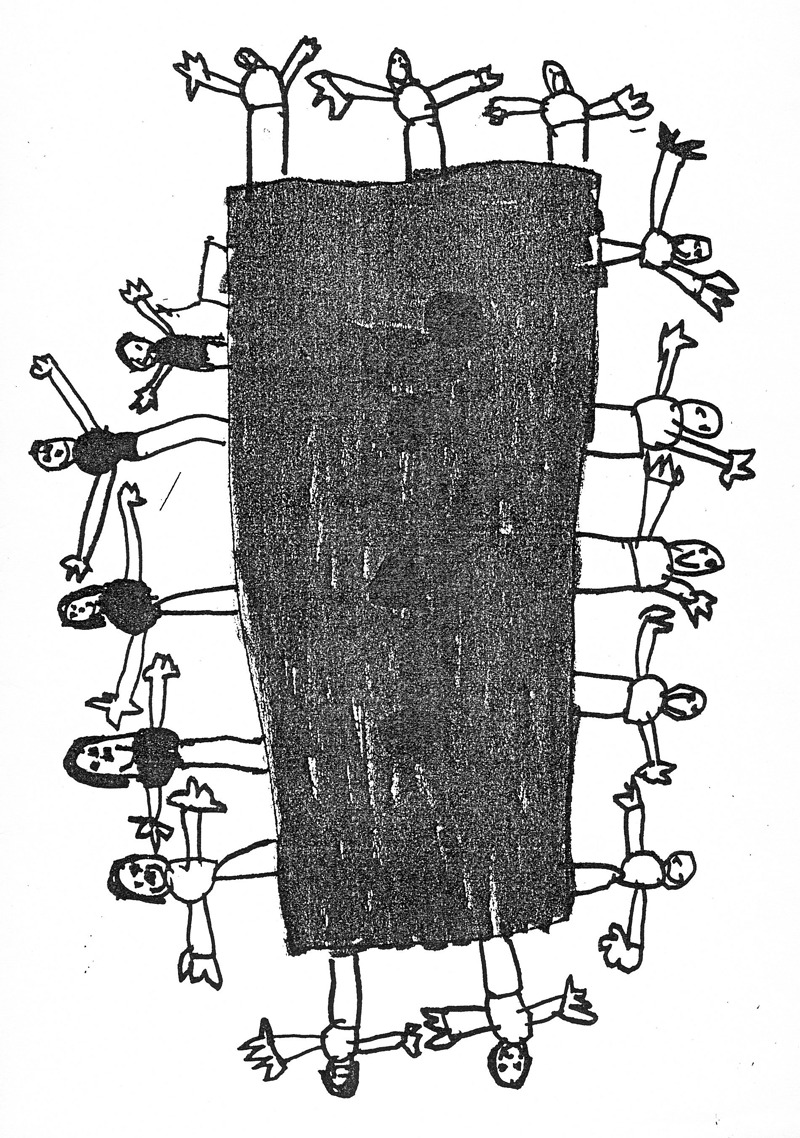
Classroom studies call for illustrations. “The Titanic” and a visual summary of a science experiment are examples.

Given the chance, motivation, and inspiration, all students can produce artwork that reflects their personalities or interests. The examples to the right are from “Writing Workshop” where students in the early grades draw pictures and then write about them, using “invented spelling” that gradually becomes more standard as they gain experience.
Children have their own ways of responding to their experiences in and out of the classroom. We want to trust them to use their own ideas and unique ways of expressing themselves through their artwork.
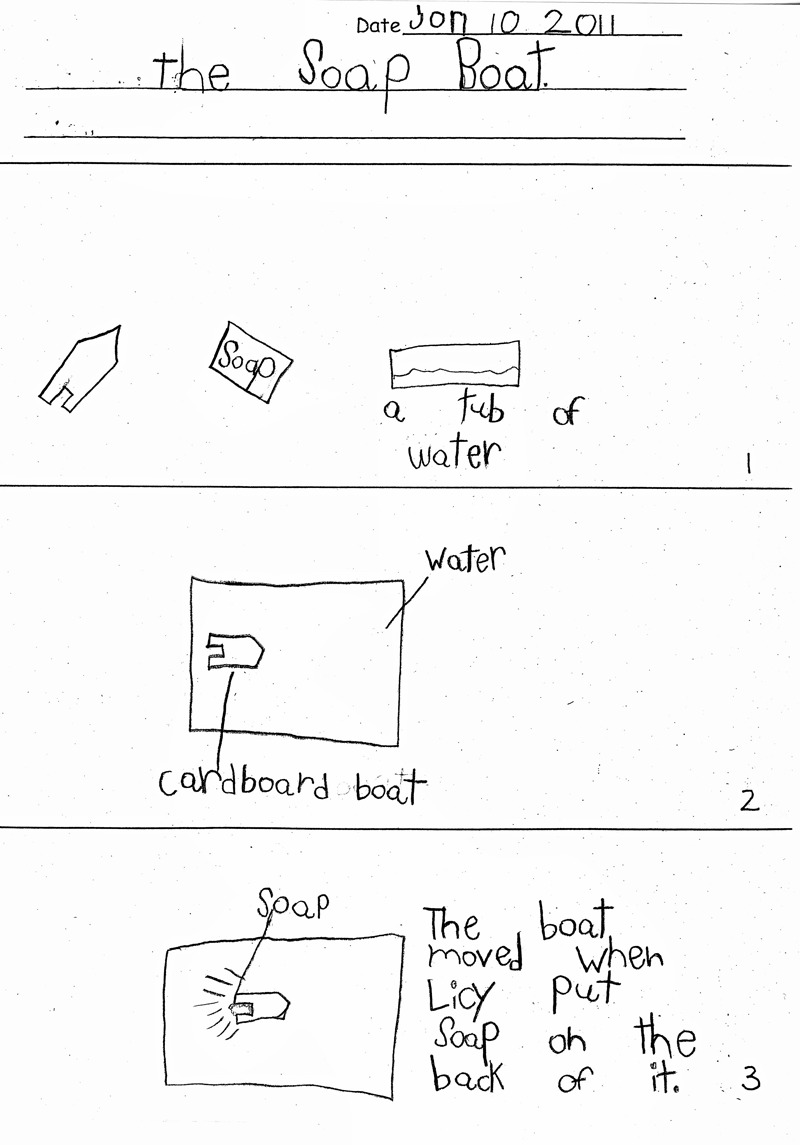
It’s clear that none of these students would have produced such highly individualistic work if they had been asked to complete or copy only adult-designed artwork. Children have art in them, a language they can use to express themselves when given the chance and encouragement, as they are in many classrooms. Let’s give them that opportunity in all of our schools.

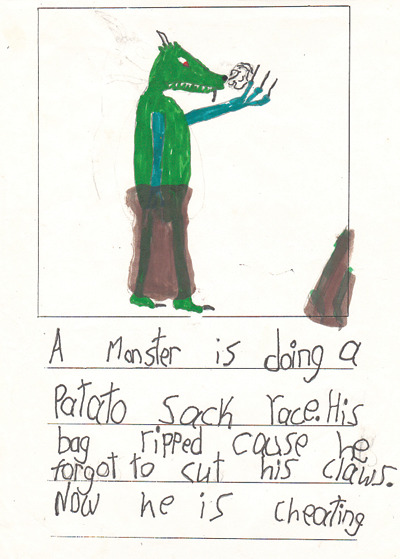
ABOUT THE AUTHOR
Linda Picciotto
Linda Picciotto taught primary grades at South Park School in Victoria, BC for 25 years. She has written many professional books, some of which are updated versions of her popular Scholastic books. They are available as ebooks at www.primaryteachersbooks.com.
This article is from Canadian Teacher Magazine’s Spring 2020 issue.












